How to turn your insights into a framework

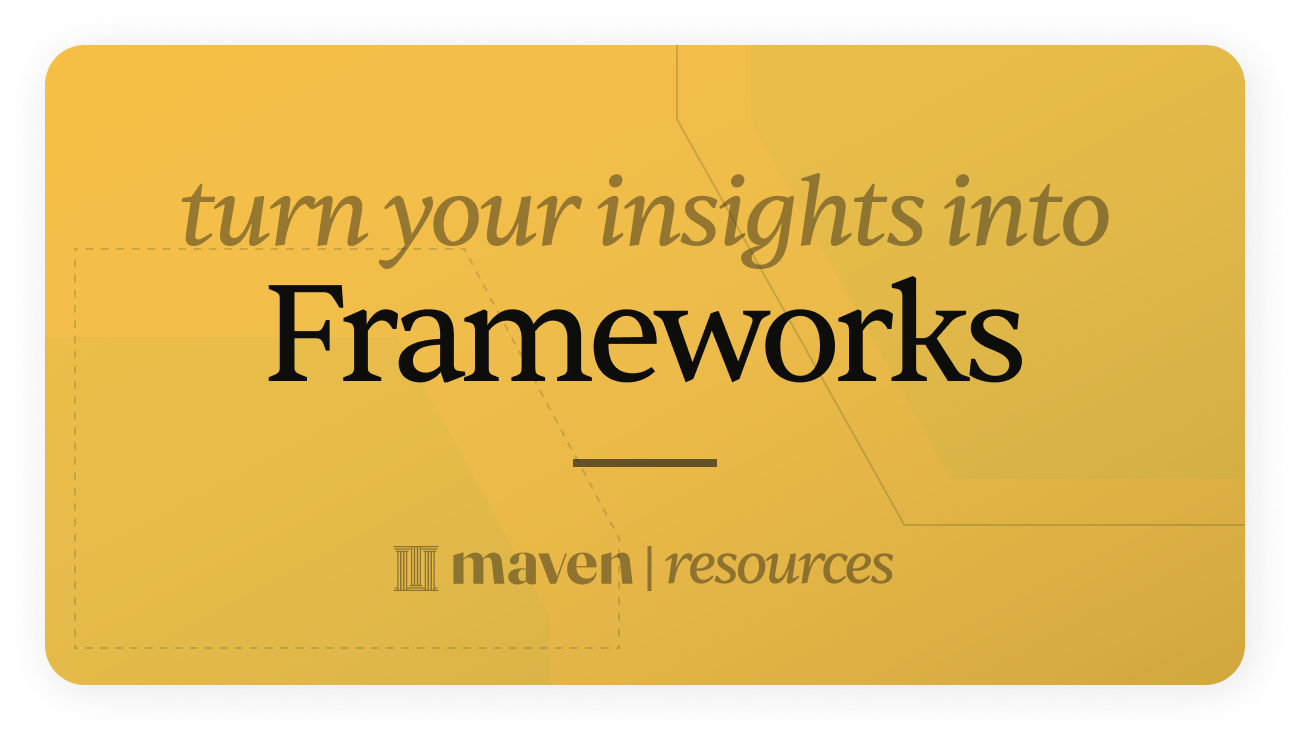
- Recall information
- Give structure to abstract ideas
- Share your knowledge with others
1. Pick a problem people often ask you about
2. Think about your system or approach to solving this problem
3. Play with different visualizations
- Steps (Sales funnel)
- Venn diagram (Ikigai)
- Hub and spoke (in logistics)
- Matrix (SWOT, Eisenhower Matrix)
- Flywheel (Nir Eyal’s Hooked Model)
- Canvas (Course Mechanics Canvas)
- Acronyms (SMART, BATNA, SUCCES)
- Pyramid (Maslow’s Hierarchy of Needs)
- Triangle (Project Management Triangle)
- Hierarchy (Minto framework, decision trees)
- Concentric circles (Concentric Circles of Customers)
- Graphs & curves (Crossing the Chasm, J-Curve of Habit)
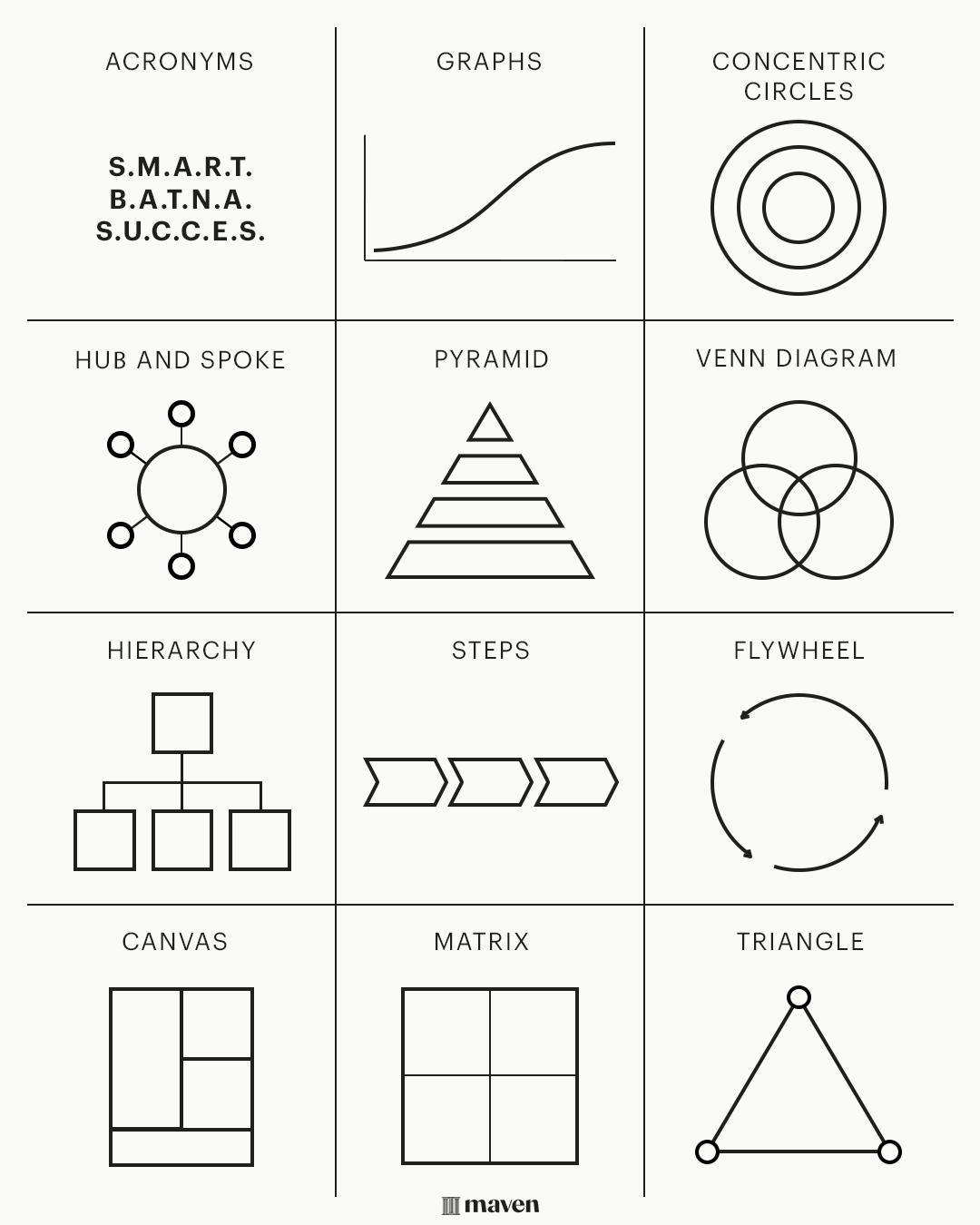
4. Acknowledge when you’re borrowing from others and give credit
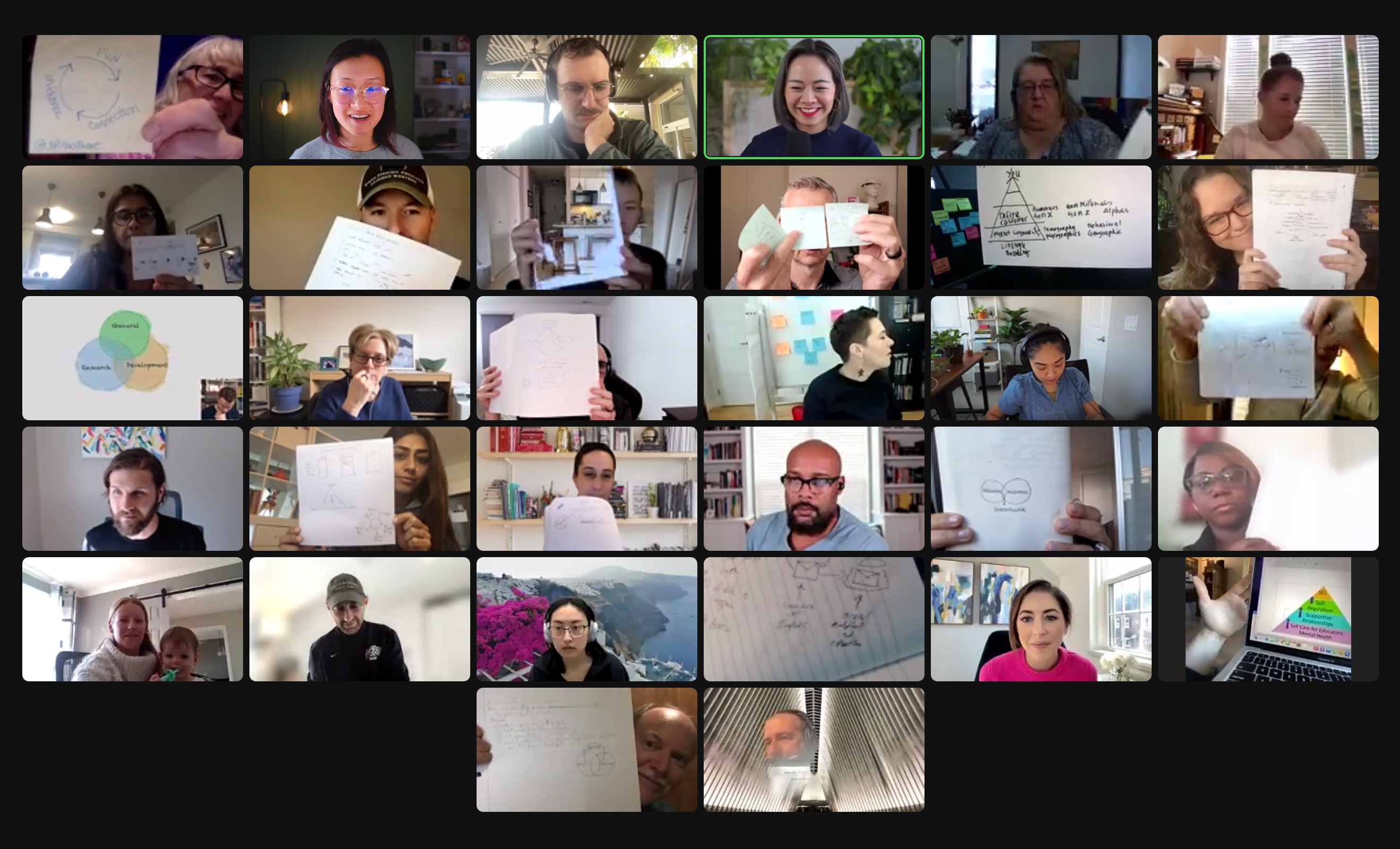
Related Courses
Advanced Content Development for Series A & B Startups
The Exact Process I Used To Help Brands like Shopify Plus and Intuit Drive Millions of Visitors and BILLIONS in Revenue
Narrative Change
Few people know how to convey complex change on a single slide. Be one of them.
12 Steps to Enterprise AI
Discover frameworks and strategies for designing, testing, and deploying scalable enterprise AI solutions.
The Strategic Creativity System
Transform how you lead strategic and creative teams through new insights, tools, frameworks, and tactics. Let's unleash your potential.
Reclaim YOUR Time
Stop feeling like you never have enough time. Create space for what's important to YOU.
Courageous Feedback
Leaders learn how to give and receive feedback that produces results and helps your people grow. Get the framework, tools, and templates.
You might also like
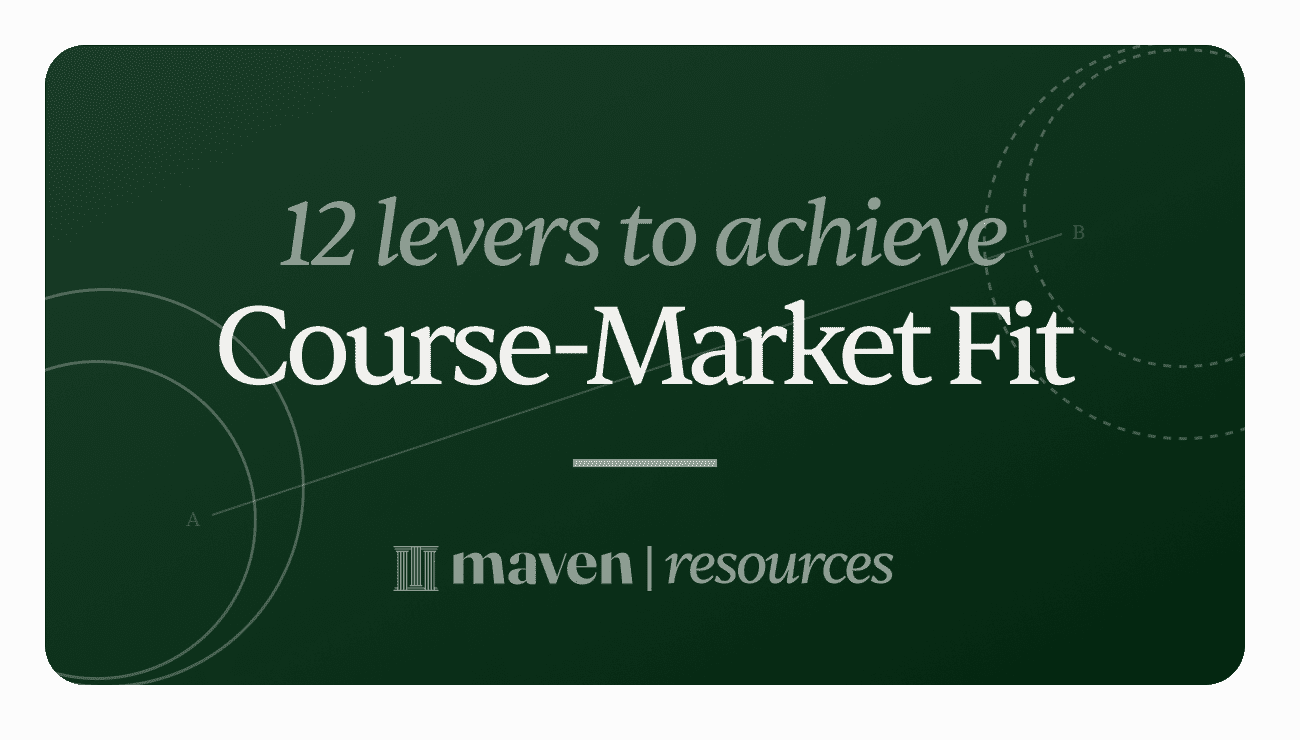
Course Mechanics Canvas: 12 levers to achieve course-market fit
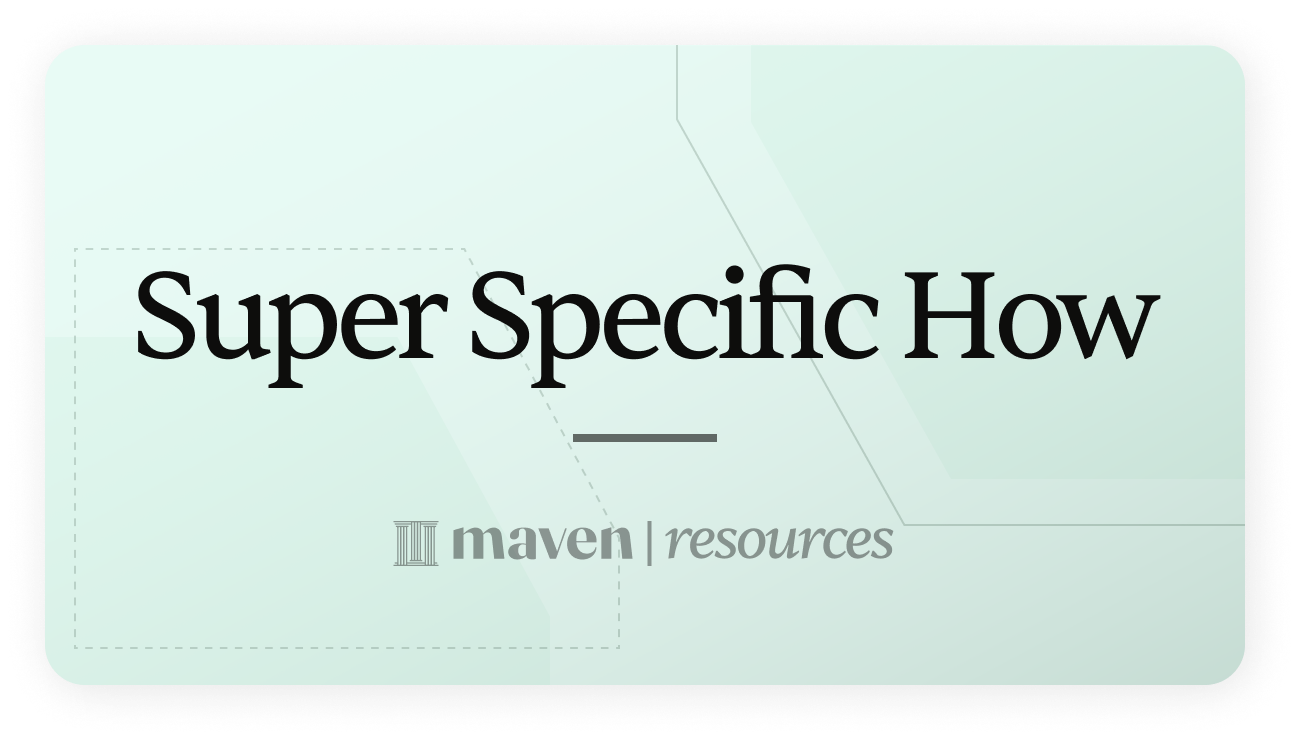
Super Specific How: A proven method for impactful learning
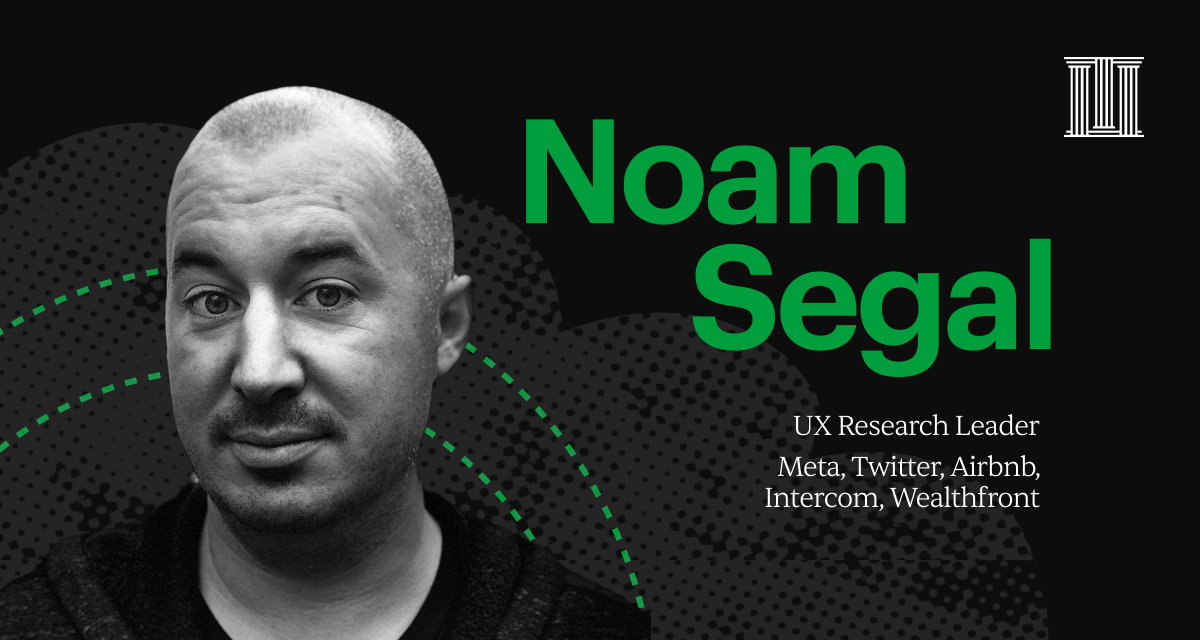
Noam Segal: How teaching a course can accelerate your career
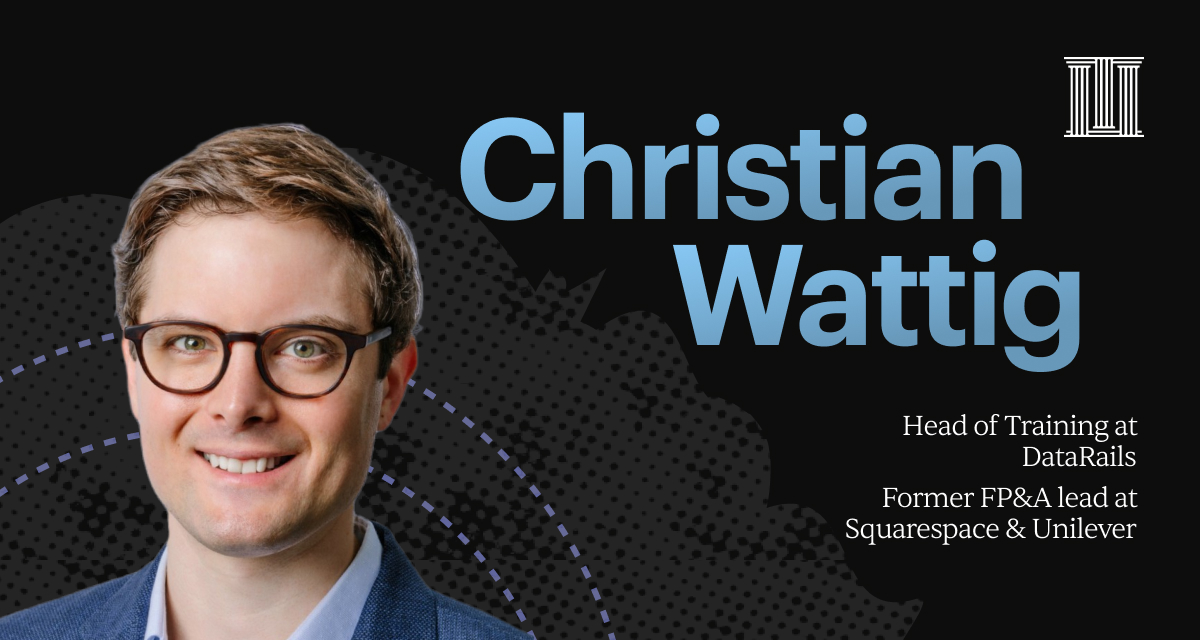
How Christian Wattig built a successful online course and boosted his career
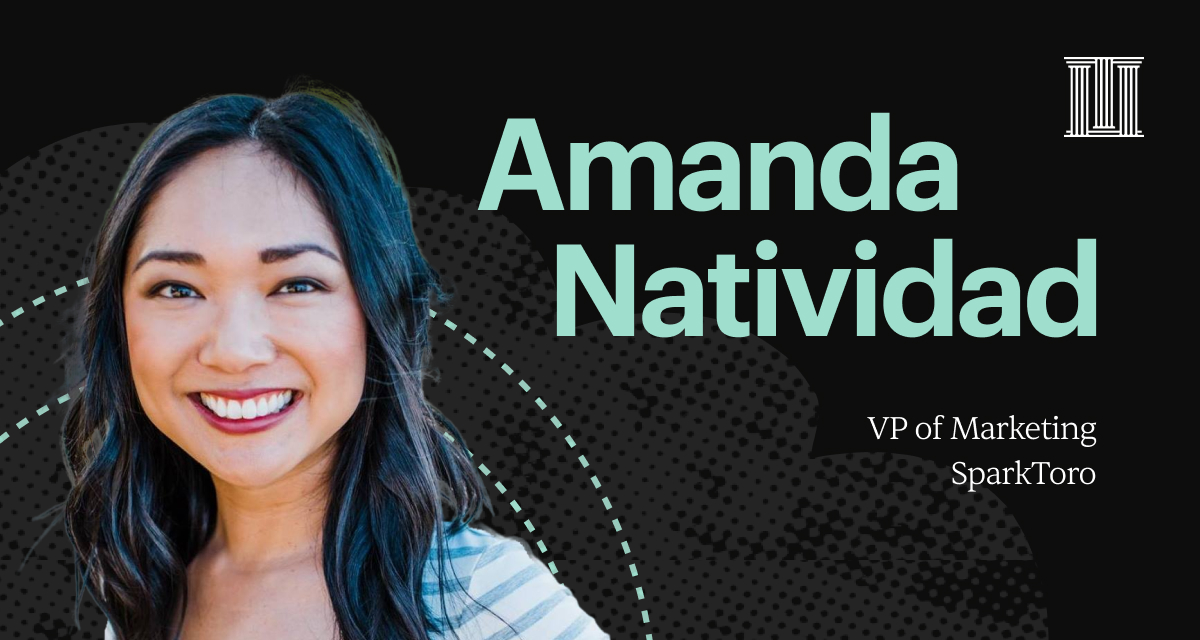
Amanda Natividad: How she became a content marketing powerhouse
